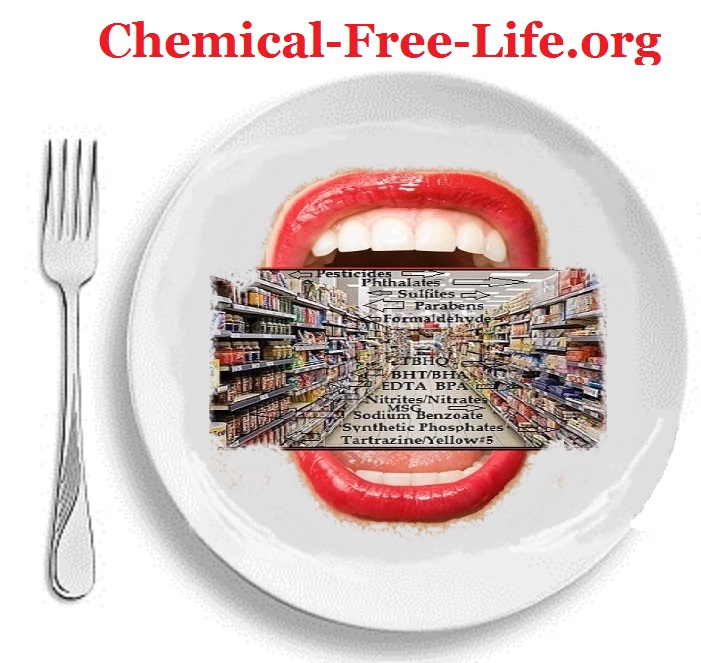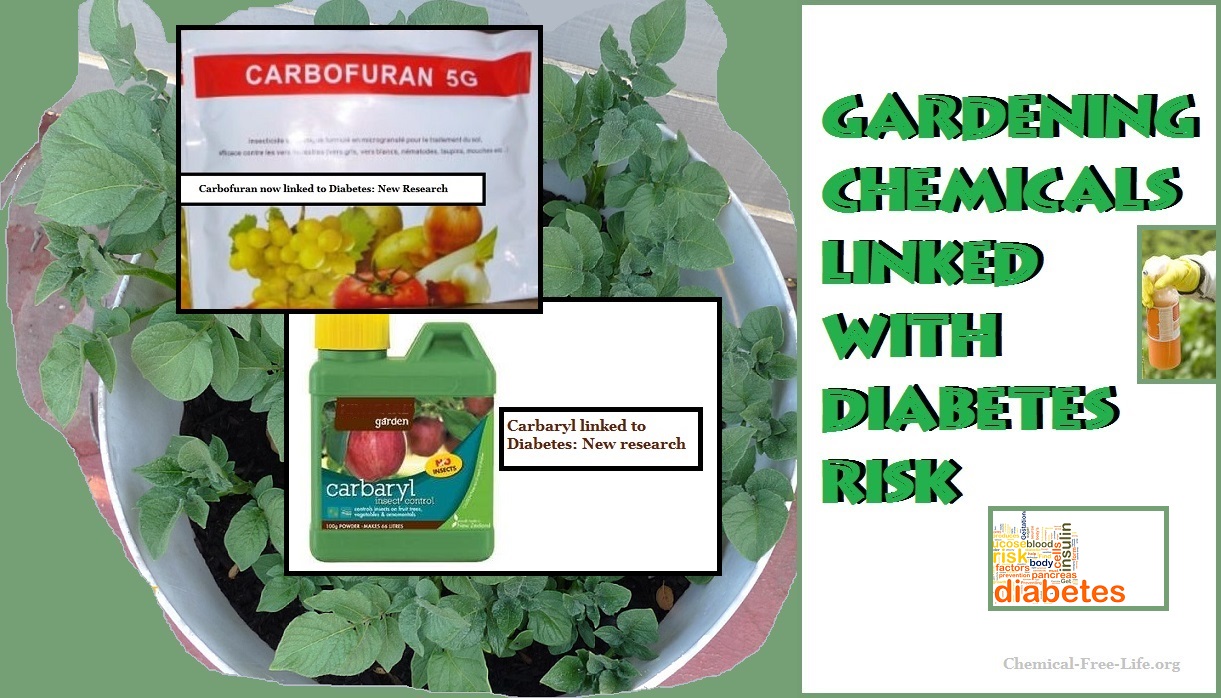If you know someone who has a passion for gardening let them know about the results of this latest scientific study linking two very popular insecticides (carbaryl and carbofuran) and an increased risk for diabetes.
Solution: In order to reduce the health-related risks associated with the toxic chemicals present in commercial insecticides, switch to natural treatments like ladybugs and effective, nontoxic recipes like the one at the end of this blog post.
Gardening Chemicals May Increase Diabetes Risk
Chemicals commonly found in gardening products and insecticides could increase your risk for diabetes, according to a new study.
The study, conducted by the National Institute of Environmental Health Sciences, found that the synthetic chemicals in insecticides bind to the receptors that control the body’s biological clock, which disrupts circadian rhythms. This in turn increases the risk of diabetes and other metabolic diseases, according to the researchers…
Margarita L. Dubocovich, Ph.D., a professor in the Department of Pharmacology and Toxicology at the University of Buffalo, said there is a delicate balance between the release of insulin and glucose in the pancreas at specific points during the day. If that balance is disrupted over a long period of time, there’s a significant increase in the risk of developing diabetes.
The two chemicals studied in her research are carbaryl, the third most widely used insecticide in the United States, and carbofuran, a toxic insecticide.
…health experts advise limiting exposure to household chemicals and pesticides and opt for safer alternatives made from natural compounds.
Insecticides mimic melatonin, creating higher risk for diabetes
Synthetic chemicals commonly found in insecticides and garden products bind to the receptors that govern our biological clocks researchers have found.
The research suggests that exposure to these insecticides adversely affects melatonin receptor signaling, creating a higher risk for metabolic diseases such as diabetes.
Research overview
Role of Environmental Chemicals in Diabetes and Obesity
Abstract
Carbaryl (1-naphthyl methylcarbamate) and carbofuran (2,3-dihydro-2,2-dimethyl-7-benzofuranyl methylcarbamate) are among the most toxic insecticides, implicated in a variety of diseases including diabetes and cancer among others. Using an integrated pharmacoinformatics based screening approach, we have identified these insecticides to be structural mimics of the neurohormone melatonin and were able to bind to the putative melatonin binding sites in MT1 and MT2 melatonin receptors in silico. Carbaryl and carbofuran then were tested for competition with 2-[125I]-iodomelatonin (300 pM) binding to hMT1 or hMT2 receptors stably expressed in CHO cells. Carbaryl and carbofuran showed higher affinity for competition with 2-[125I]-iodomelatonin binding to the hMT2 compared to the hMT1 melatonin receptor (33 and 35-fold difference, respectively) as predicted by the molecular modeling. In the presence of GTP (100 μM), which decouples the G-protein linked receptors to modulate signaling, the apparent efficacy of carbaryl and carbofuran for 2-[125I]-iodomelatonin binding for the hMT1 melatonin receptor was not affected but significantly decreased for the hMT2 melatonin receptor compatible with receptor antagonist/inverse agonist and agonist efficacy, respectively. Altogether, our data points to a potentially new mechanism through which carbamate insecticides carbaryl and carbofuran could impact human health by altering the homeostatic balance of key regulatory processes by directly binding to melatonin receptors.
Journal Reference: Marina Popovska-Gorevski, Margarita L. Dubocovich, Rajendram V. Rajnarayanan. Carbamate Insecticides Target Human Melatonin Receptors. Chemical Research in Toxicology, 2017; DOI: 10.1021/acs.chemrestox.6b00301
Organic Garden Pesticide—Free of Unwanted Synthetic Chemicals

Organic Garden Pesticide Recipe
1 small onion, diced
1 garlic bulb, diced
2 teaspoons cayenne
1 quart water
.
Seep onion, garlic and cayenne in water for 2 hours, then strain. Apply solution liberally to plant leaves—including underneath!
Reapply as needed—usually once a week or after a heavy rainfall.
_____
(source: green hack living)


